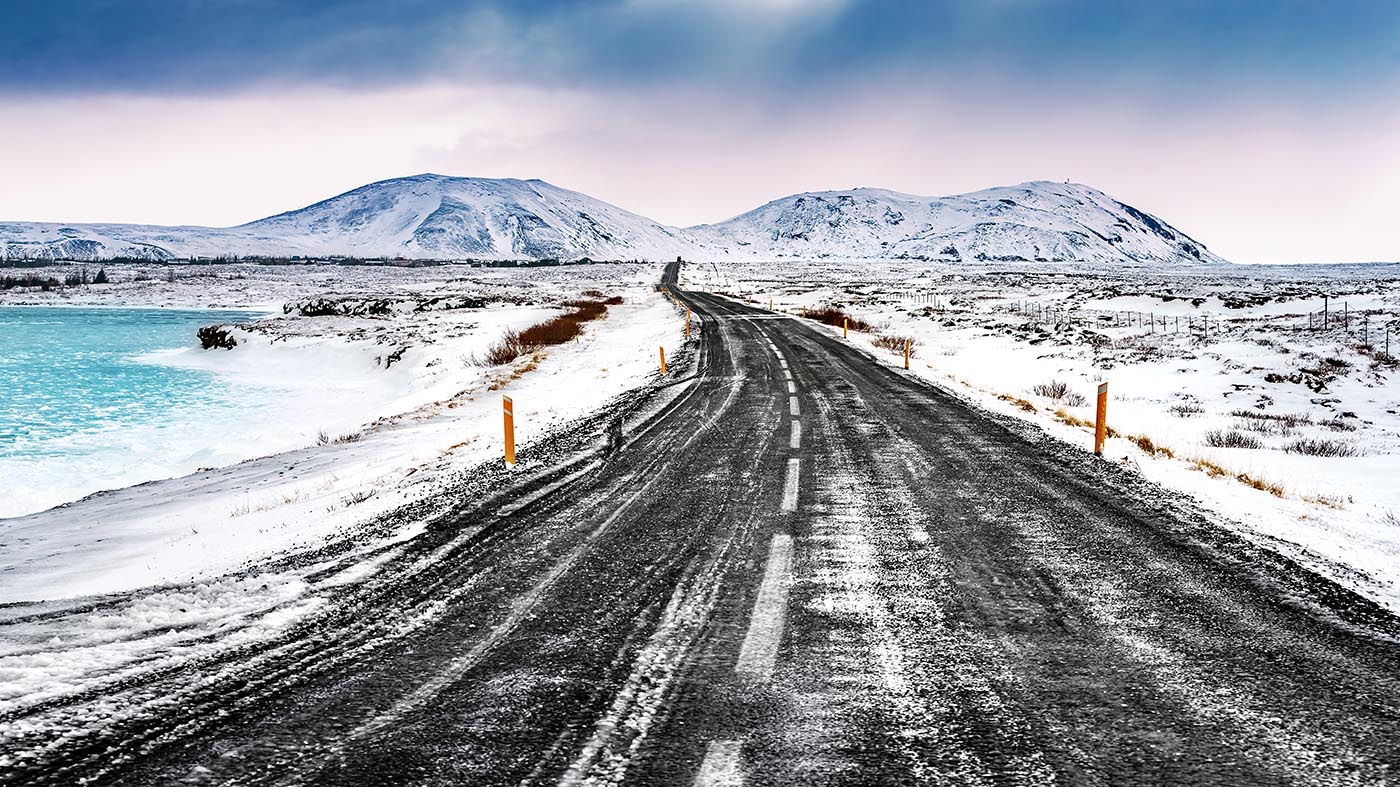The Perfect Season to Visit Iceland for the Perfect Vacation
The best time to visit Iceland is during the summer months from June to August. The weather is milder and there are more daylight hours, making it ideal for outdoor activities. However, this is also the busiest time of year, so be sure to book your accommodation and tours in advance.
The best time to visit Iceland is in the summertime. The weather is warmer and the days are longer, making it a perfect time to explore all that this beautiful country has to offer. From hiking and camping in the stunning landscapes, to relaxing in the geothermal hot springs, there’s something for everyone during the summer months.
Best Time to Visit Iceland – Pros + Cons of each season
What is the Best Month to See Northern Lights in Iceland?
The best time to see the Northern Lights in Iceland is typically between September and April. The further north you go, the better your chances are of seeing them. However, even if you’re not in the ideal location, you can still sometimes catch a glimpse of the Northern Lights from Reykjavik on clear nights between late August and early April.
What is the Cheapest Month to Visit Iceland?
The cheapest time to visit Iceland is during the shoulder season, which is from September to mid-October, or in the winter months from mid-January to February. The summer months of June to August are peak tourist season and prices are at their highest. If you’re looking for a bargain, aim for a visit during the off-season.
How Many Days Do You Need in Iceland?
Assuming you would like to explore the entire island, we recommend a minimum of 5 days. This will give you enough time to hit all the major highlights and still have some down time to relax. Of course, if you want to focus on specific areas or regions, you can always adjust your itinerary accordingly.
For example, if your main interest is in seeing the glaciers and icebergs of Vatnajökull National Park, then 3-4 days might be sufficient.
Keep in mind that Iceland is a very popular destination (for good reason!) so even in low season it can be busy. If possible, try to avoid visiting during peak times like Christmas/New Year or mid-August when the locals are on holiday.
Not only will this make for a more enjoyable trip, but it will also save you money as rates are known to increase during these periods.
What is the Temperature of Iceland by Month?
The average temperature in Iceland by month is as follows:
January: -4°C
February: -3°C
March: 0°C
April: 3°C
May: 7°C
June: 10°C
July: 12°C
August: 11°C
September: 7°C
October: 2°C
November: -2°C

Credit: www.thediscoveriesof.com
Worst Time to Visit Iceland
With its dramatic landscapes and exciting activities, Iceland has become a top destination for travelers in recent years. But there is such a thing as a bad time to visit Iceland. The worst time to visit Iceland is during the winter months, from November to February.
Here’s why:
1. The weather is unpredictable and often miserable.
2. Many of the country’s attractions are closed or have limited hours during the winter.
3. Prices for accommodation and activities are at their highest during the peak travel season (June-August).
So, if you’re looking to experience all that Iceland has to offer, plan your trip for another time of year – spring or summer would be ideal!
Best Time to Visit Iceland Northern Lights
If you want to see the Northern Lights in Iceland, the best time to visit is during the winter. The days are shorter, but that means there are more hours of darkness for potential aurora sightings. And while Iceland can be cold during this time of year, it’s worth bundling up for a chance to see one of nature’s most incredible displays.
Best Places to Visit in Iceland
Iceland is a country full of natural beauty and wonder. From its glaciers and waterfalls to its black sand beaches and geothermal pools, there is much to explore in this Nordic island nation. Here are some of the best places to visit in Iceland:
1. Reykjavik – The capital city of Iceland, Reykjavik is home to about two-thirds of the country’s population. This vibrant city offers a variety of activities and attractions, including museums, art galleries, restaurants, bars, and shops. Be sure to visit the iconic Hallgrimskirkja church and take a dip in one of the many geothermal pools!
2. Thingvellir National Park – Located in the southwestern part of Iceland, Thingvellir National Park is a UNESCO World Heritage Site due to its historical and geological significance. The park is home to the world’s oldest parliament site as well as the point where the North American and Eurasian tectonic plates meet. Visitors can go hiking, camping, fishing, or birdwatching here.
3. Vatnajokull National Park – As Iceland’s largest national park, Vatnajokull encompasses 13% of the country! The park is home to Europe’s largest glacier (Vatnajokull), as well as an active volcano (Hekla). Popular activities here include glacier hikes, ice cave tours, kayaking on glacial lakes, horseback riding,and more.
4. Jokulsarlon Lagoon – Located in southeastern Iceland near Vatnajokull National Park, Jokulsarlon Lagoon is a glacial lake with floating icebergs that have broken off from nearby glaciers. It’s a truly surreal place that should not be missed! Boat tours are available for closer views of the icebergs.
Conclusion
The best time to visit Iceland is in the summer, when the weather is warm and there are long days of sunlight. The downside to visiting during this time is that it can be crowded with tourists. If you don’t mind crowds, then summer is the best time to enjoy all that Iceland has to offer.
- Get free Business tips from Experts
